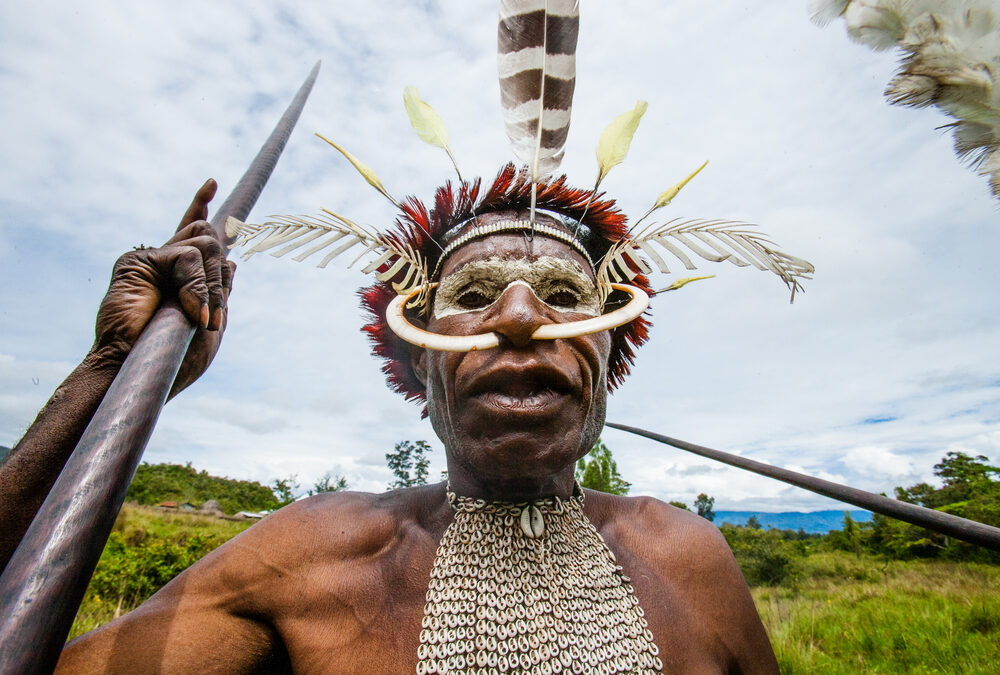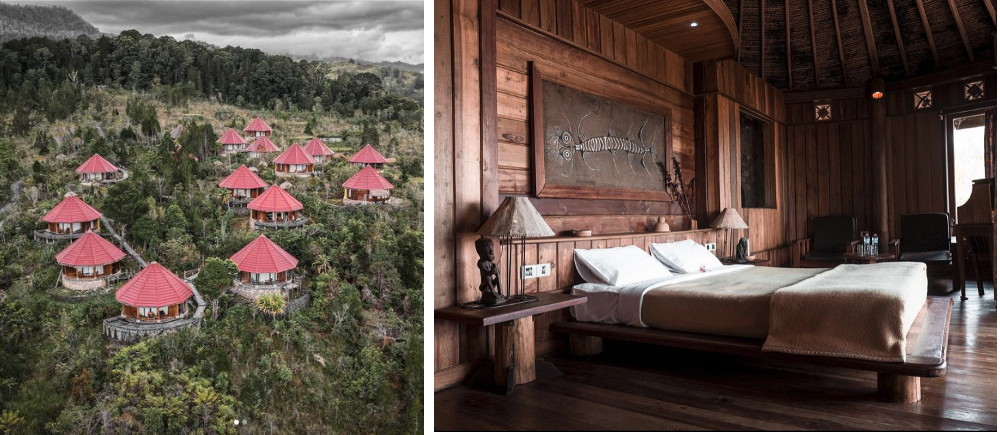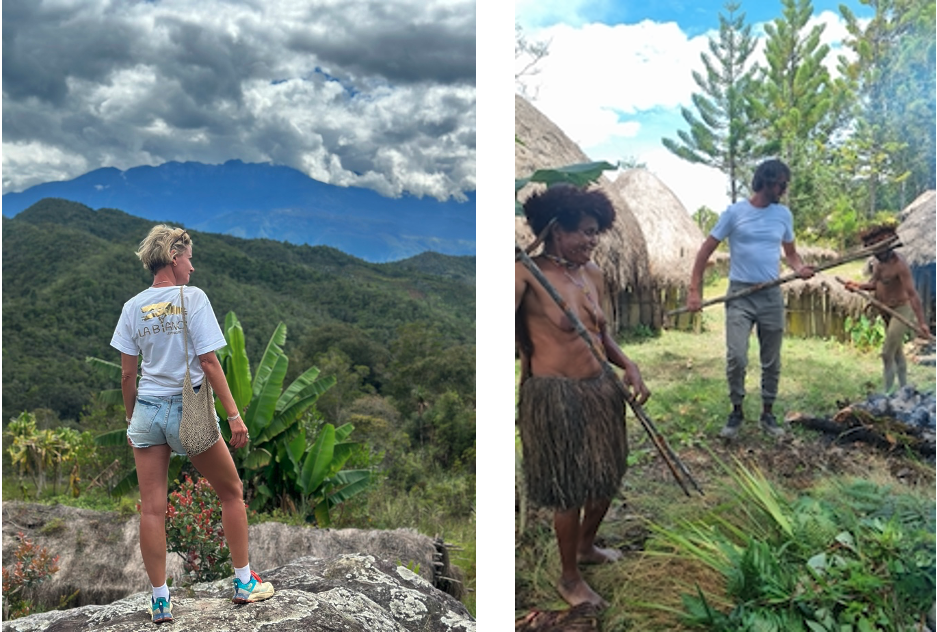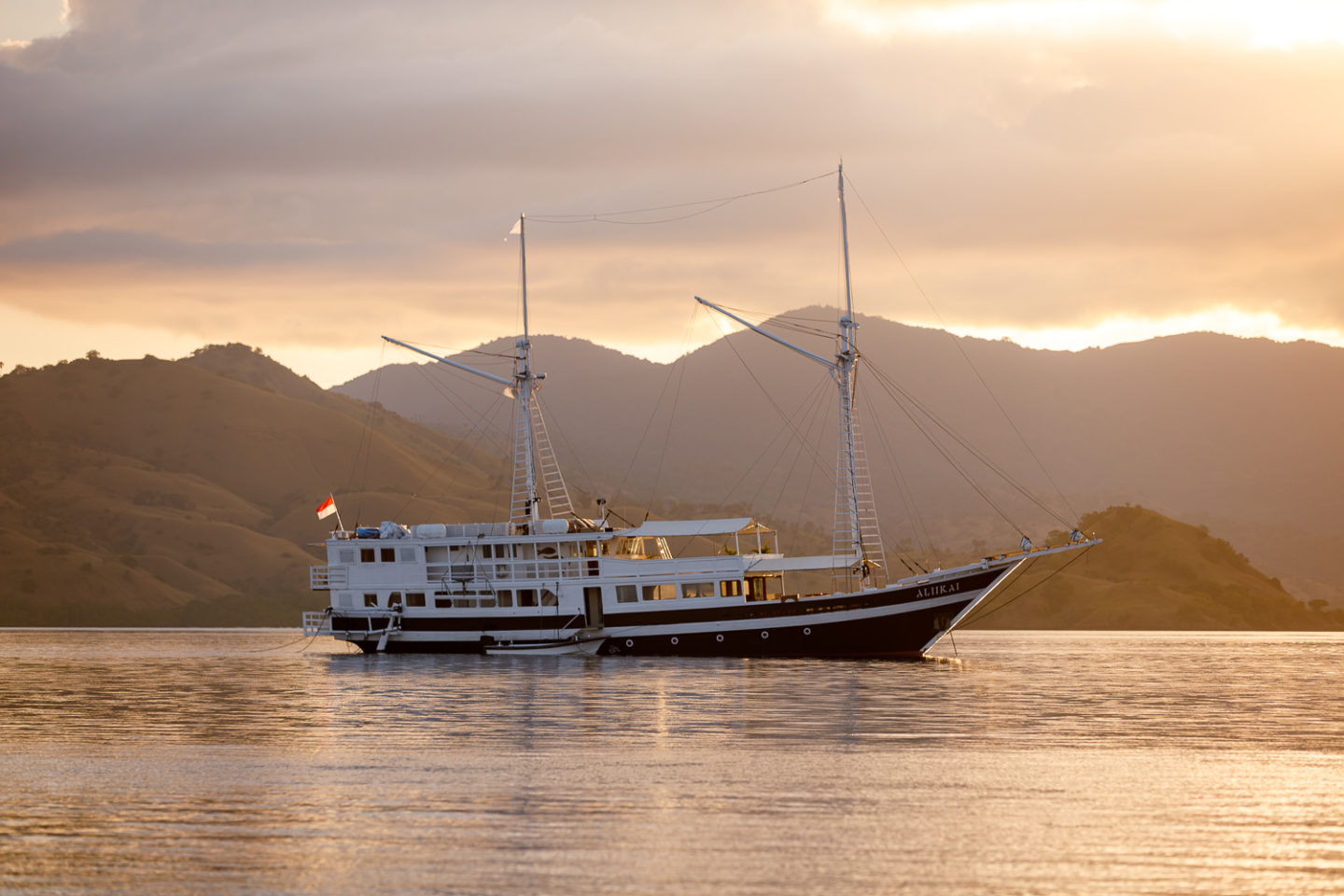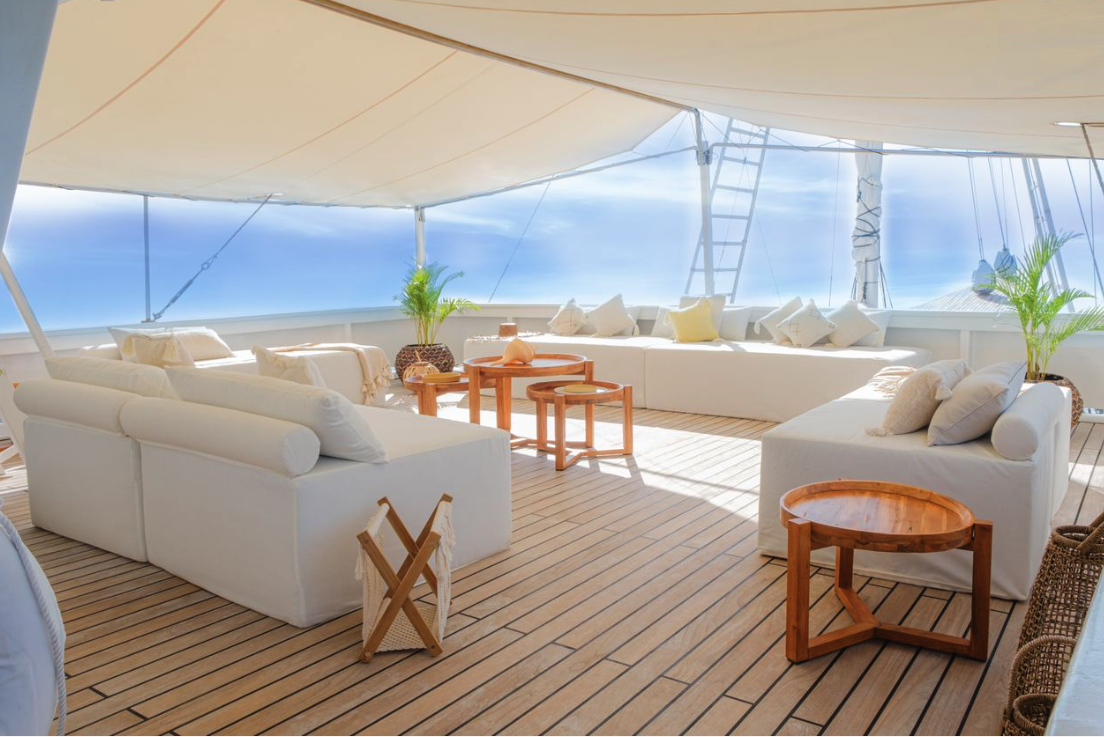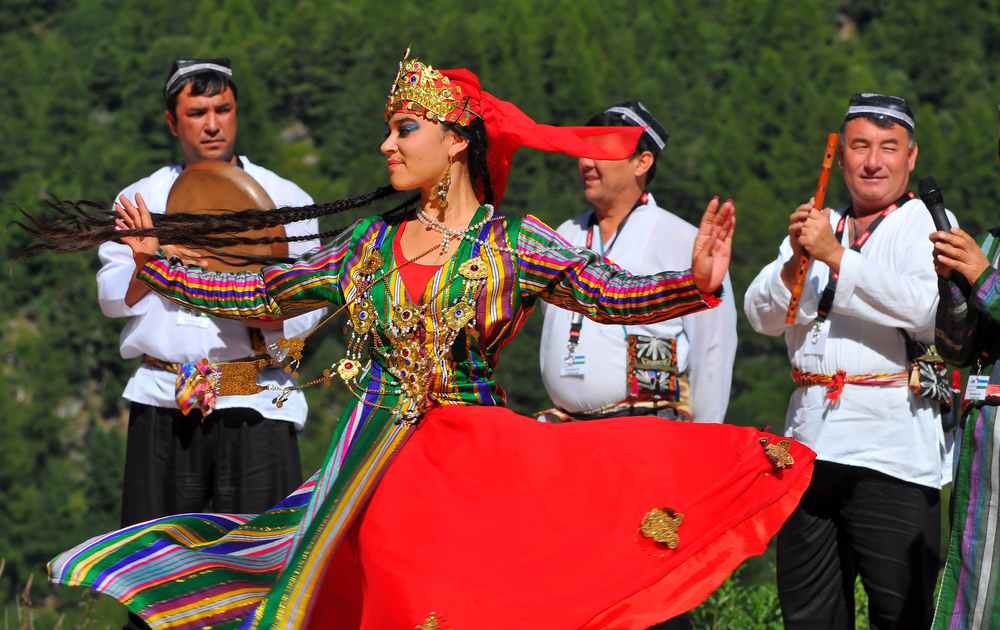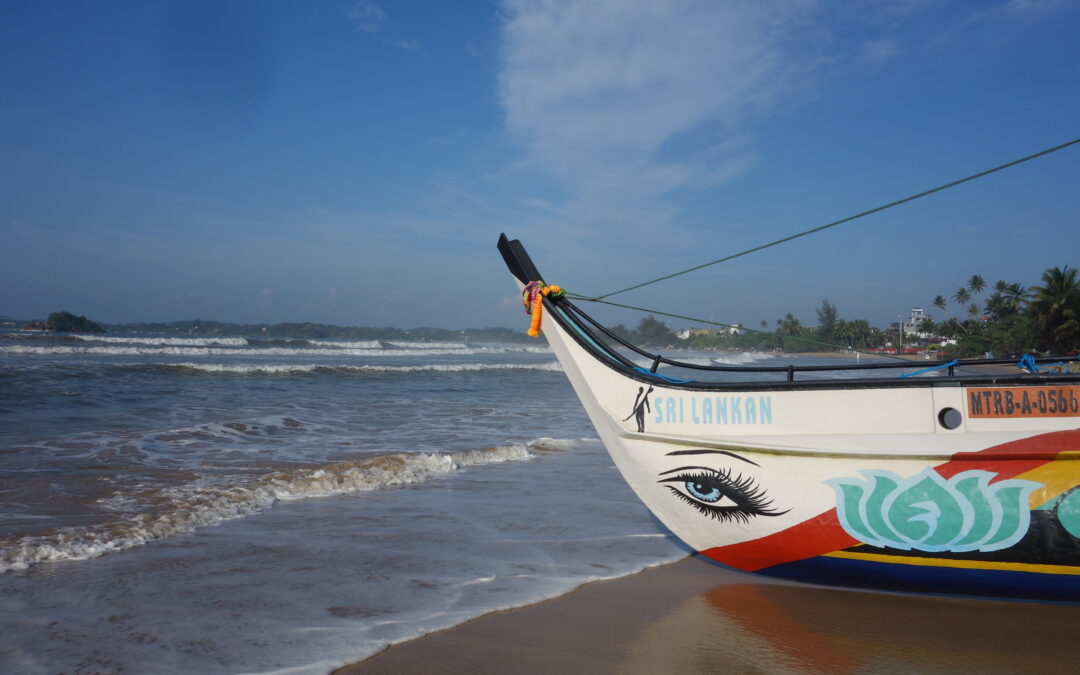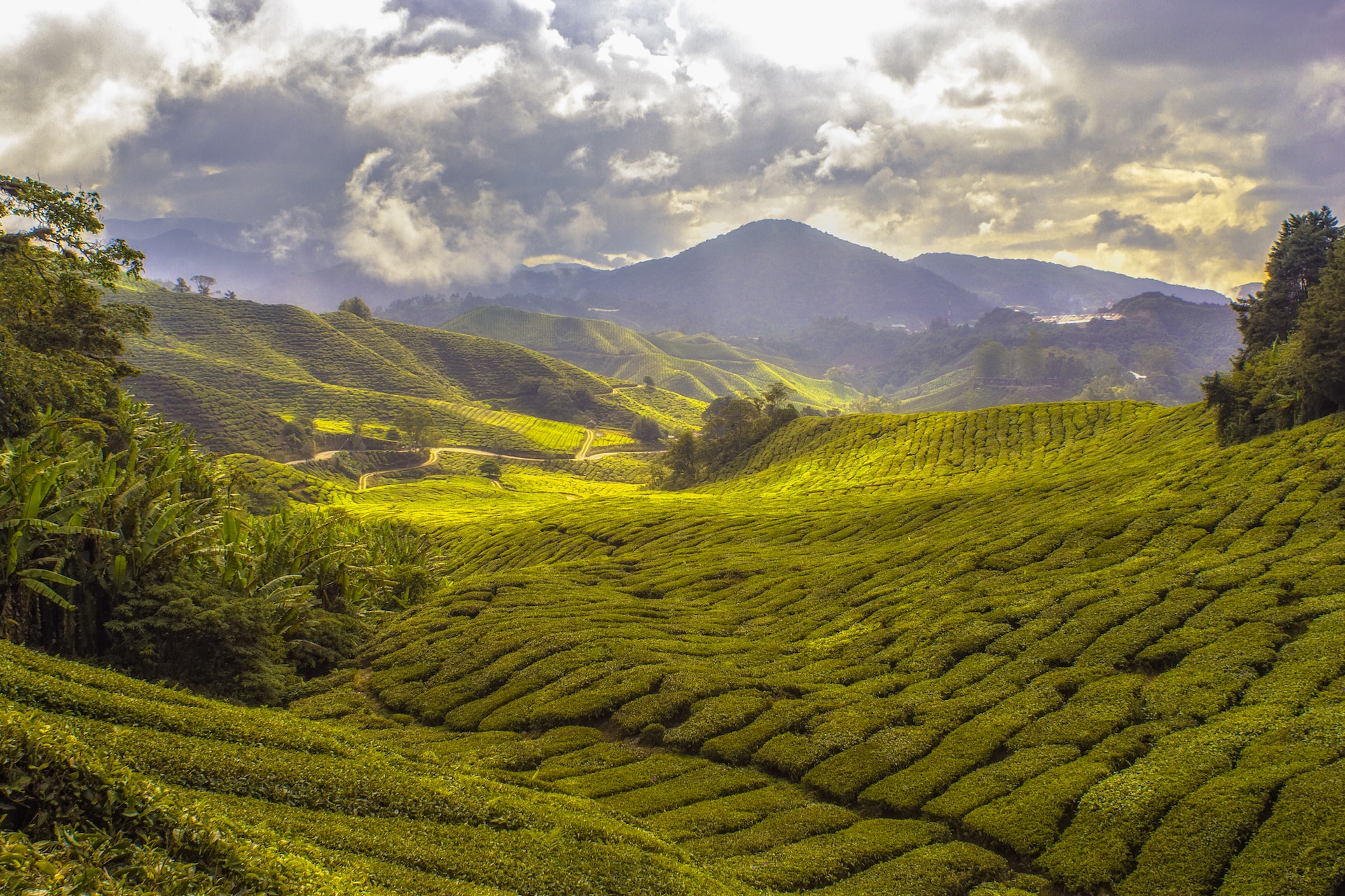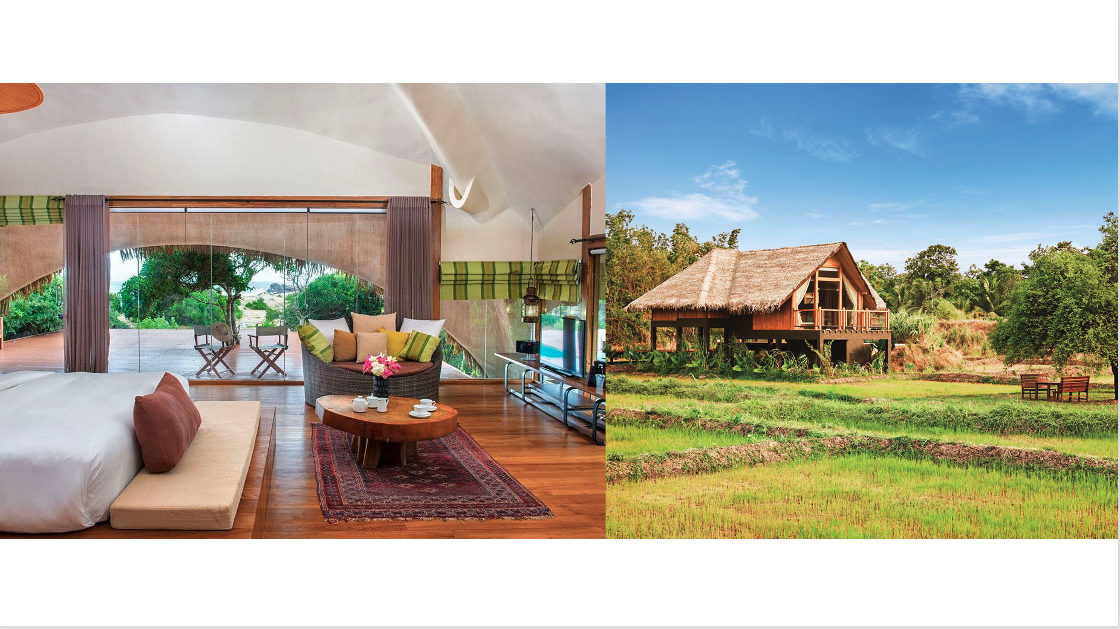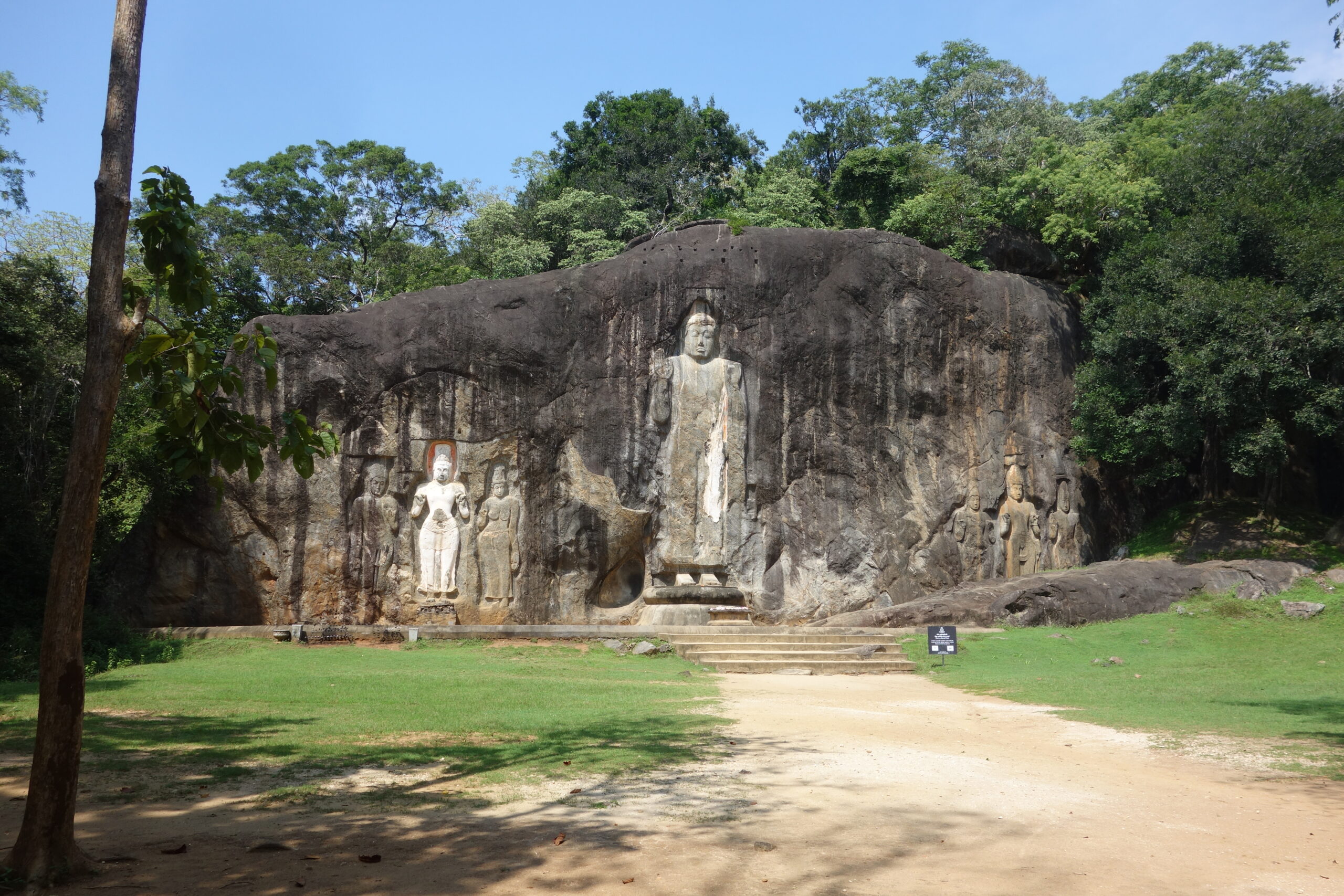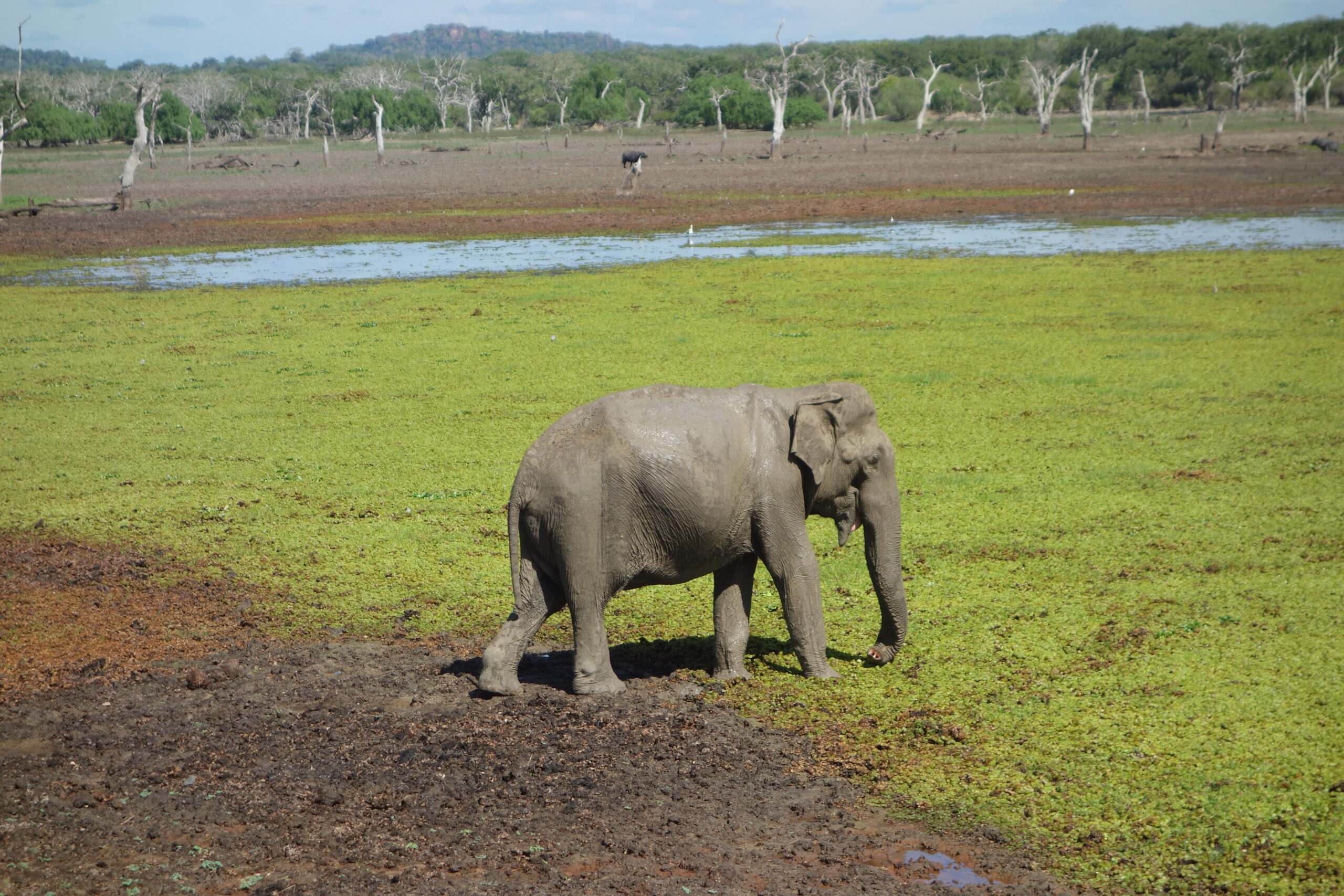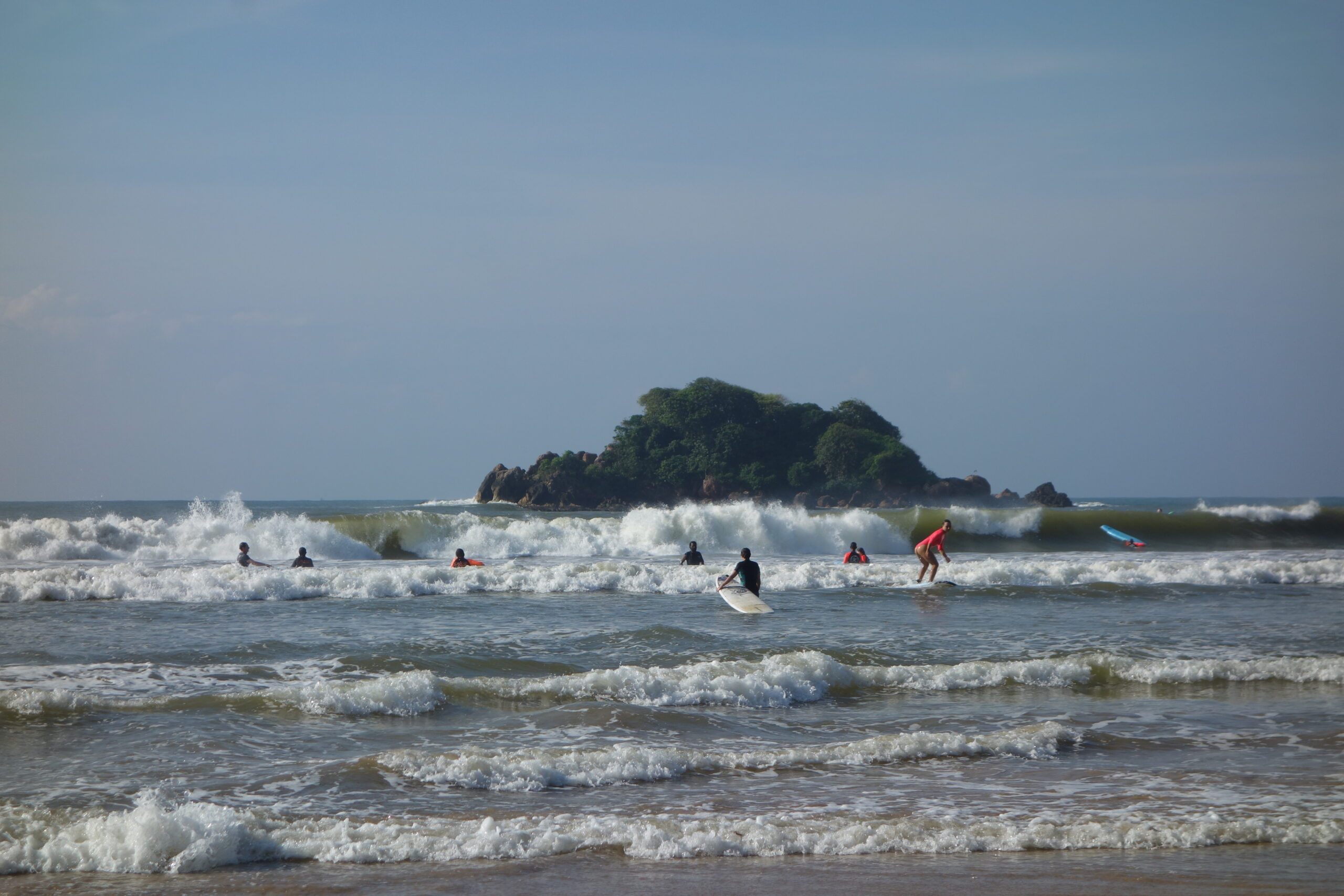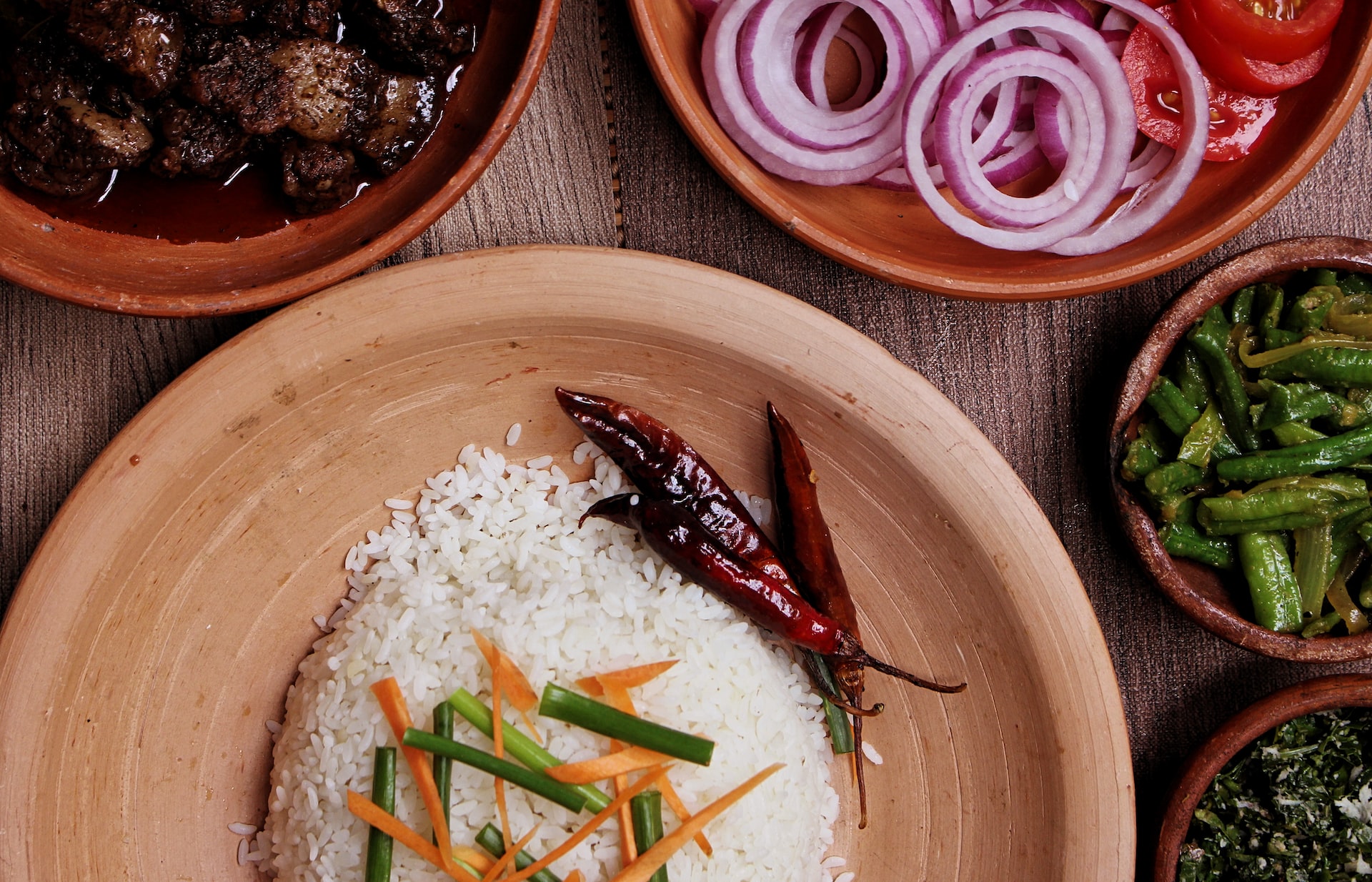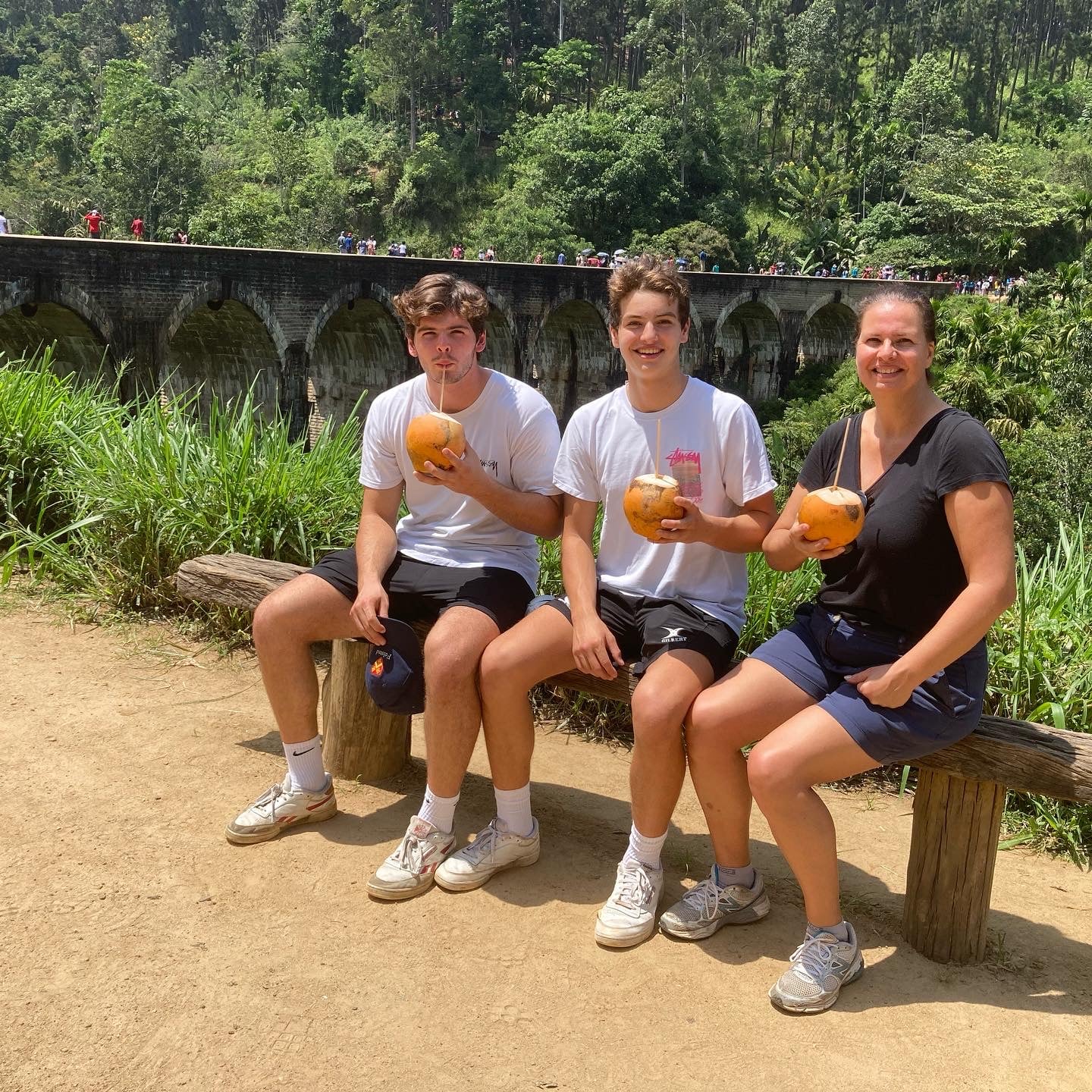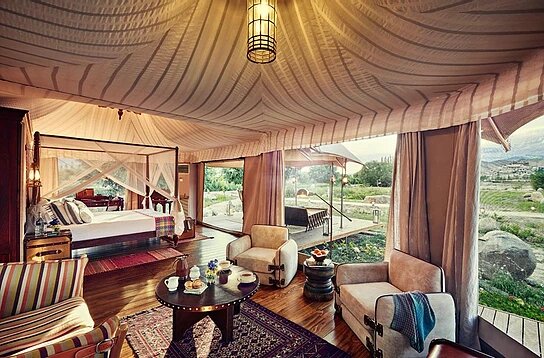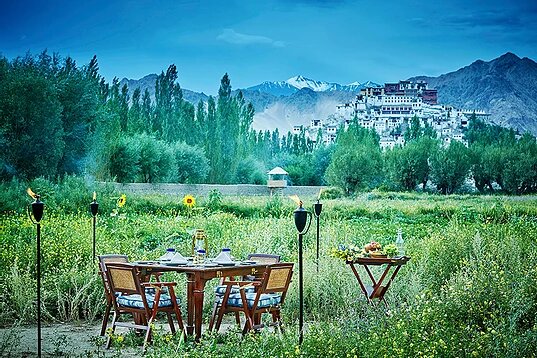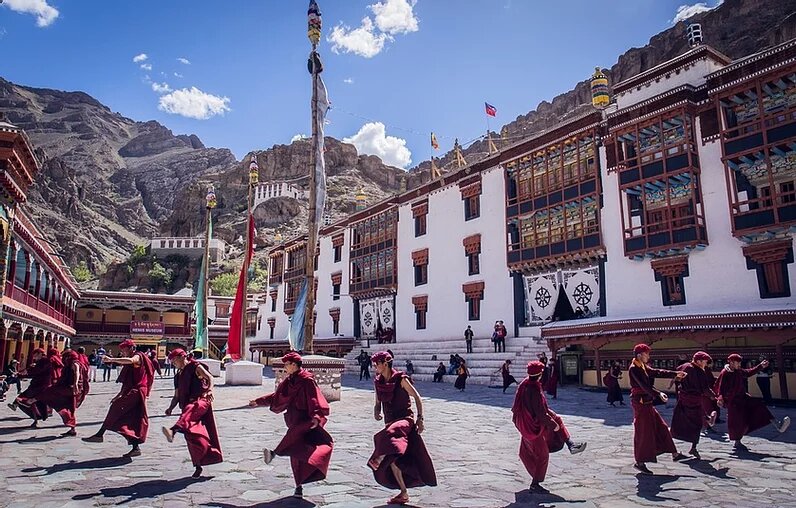
Among the Papuans – Extraordinary Cruise
An exclusive Looking For Charly cruise –
Be one of the privileged few to take part in an exceptional voyage on board a luxurious boat, to discover West Papua.
An unprecedented expedition! For the first time, you will be able to visit the Asmat tribes – one of the most isolated communities in the world, whom very few people have the privilege to encounter.
Sail to the Raja Ampat archipelago, from Triton Bay, where you can swim with whale sharks, to Misool, where the marine world, landscapes and experiences are truly astounding!
You will be travelling on board a 46-m boat, made entirely of teak, a Phinisi ship, schooner and sailboat all rolled into one, offering the same comforts as a luxury hotel.
First and only departure planned for this year
➡ 28 October 2024 ⬅
Limited places: Only 7 cabins, to be shared among all passengers.

